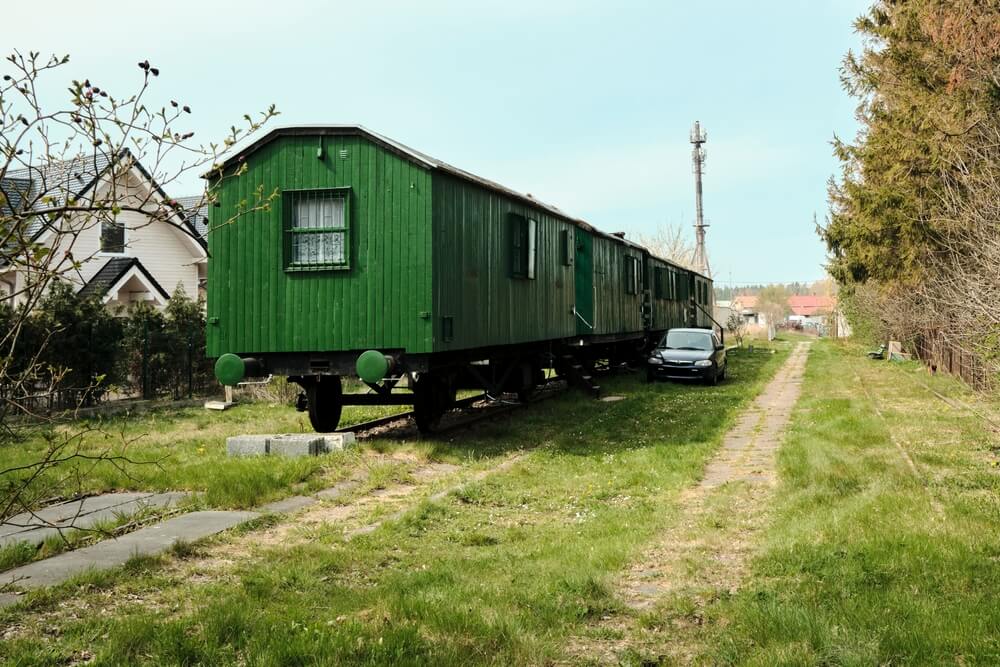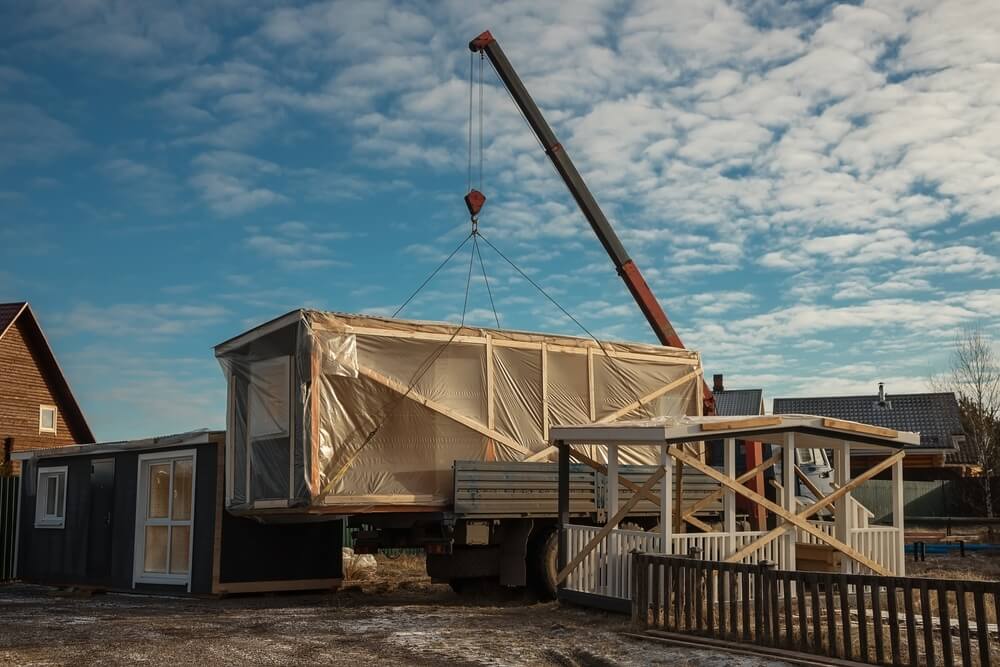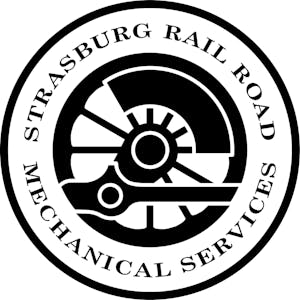WHAT IS A TRAIN CAR HOUSE?

Who knew there’d be a market for train car houses? As people became interested in the concept of living minimally, tiny houses hit the market. From there, contractors and designers started getting more creative with their builds, making homes from storage containers, old school buses, and now old train cars.
Read on to learn about the craze of train car houses, how they’re made, and even where to stay in one yourself!
How Tiny Houses Paved The Way
The first commercial market for tiny houses dates back to the 1970s. For the first time, a modular building was refurbished to include all of the facilities that a house needs for comfortable living at a fraction of the price.
In the early 2010s, there was a resurgence in the popularity of tiny homes. Increases in the cost of living and the desire to live minimally inspired homeowners to sell their houses and commit to tiny living.
The tiny house craze really took off when TV networks like The FYI Channel and HGTV aired shows about house hunting for tiny homes or building them from scratch. They captured the attention of all types of homeowners, even those not ready to sacrifice their space to live tiny.
Vacation rental companies took advantage of this fascination. Companies like Airbnb or VRBO started finding tiny homes across the nation to rent out to vacationers, giving those infatuated with tiny houses a taste of living minimally.
Eventually, designers started getting more creative, using recycled materials to create livable treehouses and shipping container homes. These builds paved the way for a train enthusiast’s dream home: a recycled train car house.
Types of Recycled Train Car Homes
There are plenty of different types of train cars, which means there are plenty of options to choose from when building your train car house.
Restored Parlor Car Homes
By nature, parlor cars were designed for comfort. Seats were placed further apart to give passengers more privacy and to make moving around the car much easier than general seating.
Therefore, opting to purchase and restore a parlor car could be a desirable option. These cars are spacious and would give you and your contractor some creativity to create a space that feels larger than it actually is. Plus, by adding some half walls or full walls, you can create separate rooms with some privacy within your train car house.
Caboose Homes
In the earlier days of railroad travel, cabooses served as the conductor’s exclusive train car. It served as a “home away from home” when they were traveling, which makes them a good contender for designing your dream train car home.
Caboose homes have an edge over other train car homes because their size allows them to be mobile. They can range in length from 30-50 feet. If you choose one that’s on the smaller side, you can add some wheels and transport your home wherever you please.
If you choose to go smaller for the benefit of being mobile, keep in mind you may have to sacrifice some space in your home. You might not be able to have a designated kitchen or dining area like you would in a train car that’s longer.
Railroad Boxcar Homes
As their name suggests, box cars are shaped like a box. Essentially they’re long, rectangular shipping containers used for freight services. They can range in size, but they’re typically 50 or 60 feet long by 9 feet at a minimum.
Something that makes them a great choice for a train car home is their ability to withstand all types of weather. Since they ship all types of freight — produce, beverages, appliances — they can be refrigerated or insulated to maintain a comfortable temperature.
Just like parlor cars, their rectangular shape allows for some separation to create separate rooms by putting up walls. You can create designated rooms for the kitchen, the bedroom, and the living area — something you might struggle with using a smaller train car.
Benefits of Train Car Houses
Aside from having the most interesting house on the block, there are plenty of benefits to having a train car home.
Sustainability
Train car homes are sustainable. For starters, you’re recycling a train car that’s no longer in use. Even if it’s in poor condition and needs some additional maintenance, you’ll still be using fewer materials than you would in the process of building a normal home.
Plus, the size of your train car home is significantly smaller than a traditional house. Less space means less energy, and therefore you’ll be reducing your carbon footprint.
Blueprint
When you choose a train car that you’d like to transform into your home, you’ll have a general blueprint for the floor plan of your house. The bones of your house will be the shape and structure of the train car.
From a design perspective, this can be a benefit to making a train car home because you don’t have to start from scratch. Instead, you can jump right into planning ways to optimize your space with the floor plan that you have.
Creativity
Chances are if you’re investing in a train car tiny house, you’re a naturally creative person. There’s plenty of opportunity to be creative when designing the interior of your house because you’re confined by the size of the space.
You’ll be tasked with the process of finding a way to blend your desired cosmetic appearance with functional design features to open up your space. For creative thinkers, this can be the most exciting and rewarding part of the design process.
Challenges of Converting Recycled Train Cars Into Homes
As you can imagine, converting your train car into a home comes with its own set of challenges. Below are some of the things you must be aware of before converting your train car into a home.
Location
It’s important to keep in mind that the location site of your train house is final. With the exception of smaller caboose trains, your train car home is not designed to be mobile. In fact, you’ll need to rest your home on some sort of track.
Some homeowners choose to create an imitation track, others choose to purchase scraps of real tracks. If you’re okay with removing some of the characters of the car, you could also remove the undercarriage so it can rest on a platform instead.
Regardless of what you decide, you’ll need to make sure that you’re set on the location of your home before transporting it to your lot.
Transportation
Train cars are heavy! Most weigh over 10 tons, so transporting your train car to your location could be a hassle. You’ll have to find a shipping company that has the facilities to deliver the train to your lot, and depending on the distance, shipping costs could get pricey.
Permits
Like all residential buildings, your train car home will need to have a certificate of occupancy and abide by the zoning codes specific to your town. You can use this resource from the Tiny House Society to stay informed about the regulations of tiny homes by state.
Renovations
To make your train car into a functional, livable home, you’ll need to make some renovations. At a minimum, you’ll need to install insulation and electricity. If you’re planning to have a functional bathroom space, you’ll also need to install plumbing.
Aside from these bigger tasks, you might also need to make some cosmetic renovations to make it feel like home.
Tiny Train Car Homes in Strasburg, PA
Did you know that you can stay in a restored train car right in Strasburg, PA? The Red Caboose Motel and Restaurant is located on a parcel of land right along the Strasburg Rail Road. Plan the ultimate railfan experience by riding the rails of Strasburg Rail Road and complete your trip by staying overnight at the Red Caboose Motel and Restaurant.




 Go behind the scenes on a tour of our renowned mechanical shop and learn all about how we build and refurbish our historic trains!
Go behind the scenes on a tour of our renowned mechanical shop and learn all about how we build and refurbish our historic trains!